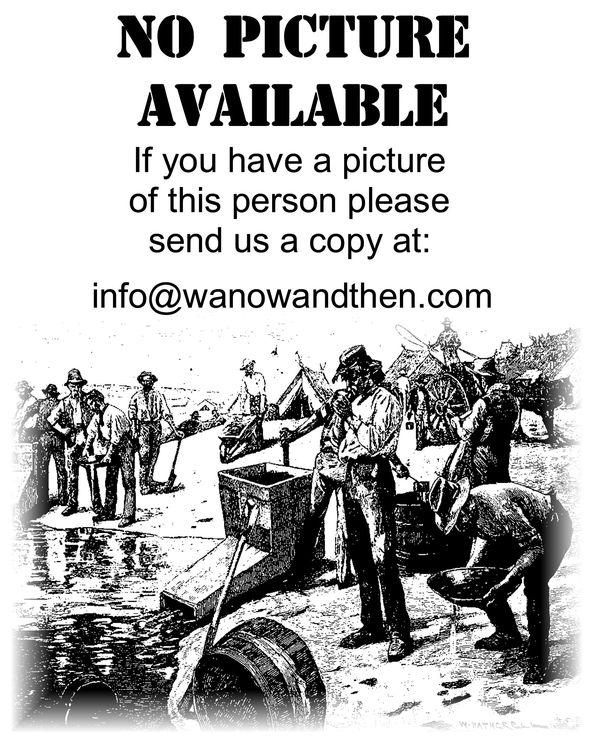|
|
|||
|
|
|
|
|
|
|
|||
CHARLES COOKE HUNT1833 - 1868
|
|
|
|
|
Charles Hunt may have gone on to be one of the state's greatest explorers if tragedy had not overtaken him at a relatively young age.
He was born at Brighton, Sussex, in England in 1833 (one source says 1832) to John George Hunt, an auctioneer and his wife Mary Ann (nee Cooke). After studying navigation and gaining his Master's ticket in 1859 he had a fall aboard ship and damaged his knee. He was pensioned off from the navy and came out to Western Australia in 1864 (one source says 1863) aged 30. He worked aboard the ship New Perseverance.
In 1864 (one source says 1863) he joined Walter Padbury's expedition to Nichol Bay as an assistant surveyor and later the same year led his own expedition into country east of York.
On March 15 1864, Hunt with Robert Hardey, Edward Robinson and trackers Cowitch and Tommy Windich left York on an exploration that travelled as far as the Koolyanobbing Ranges.
|
|
Hunt married Mary Ann Seabrook on 27 December 1864 and the couple had one son (Walter) and one daughter (Emily).
Three more expeditions followed in July 1864, October 1865 and October 1866. During these trips Hunt pressed east over what was to become one of the richest goldfields in the world.
Although Hunt was unaware (1) of the riches beneath his feet, he was making roads and sinking wells that would be used by many thousands of people who would follow in his footsteps.
On his final expedition he was accompanied by Tommy Windich (an Aboriginal guide) who was later to work closely with John Forrest.
The 1866 expedition was cut short as the country was experiencing a severe drought but Charles hoped to be able to return and explore further once conditions were more favourable.
Sadly it was not to be. Shortly after moving to Geraldton with his family in 1868, Charles was struck down with heart failure and died on March 1 1868 aged just 35.
John Forrest was reputed to have said; 'Will I ever find a place where this man has not been before me'.
Prospectors Arthur Bayley and William Ford used Hunt's Track to reach the goldfields - as did countless numbers of other travellers. Sections of 'Hunt's Track' still exist to this day.
Chronology
1833 - Born at Brighton, Sussex, in England. - One source quotes the year he was born as 1832. 1863 - Arrived in Western Australia - One source says 1864. 1863 - Joined Walter Padbury's expedition to the Pilbara. 1864 - March 15th. Led his own expedition to the area where Koolyanobbing now stands. 1864 - Second expedition in July. Discovers Hampton Plains. John Stephen Hampton, Governor of Western Australia was a supporter of the expedition. 1864 - Married Mary Ann Seabrook on 27 December. 1865 - Third expedition in October. 1866 - Fourth expedition in October. 1866 - Worked as a road surveyor in the Northam area. 1868 - Moved to Geraldton. One source says 1867. 1868 - Died of heart failure.
(1) - There are rumours that Hunt did in fact discover some gold but that the Government deliberately suppressed the find.
This may seem odd, but in the early days of the colony there was a shortage of labour and the government did not want people moving out of the main settlements to more remote locations.
Links to more information:
Explorations in Western Australia, by C. C. Hunt Hunt, Charles Cooke (1833–1868)
|
|
|
Become a supporter of this website for just $5 a month
|


